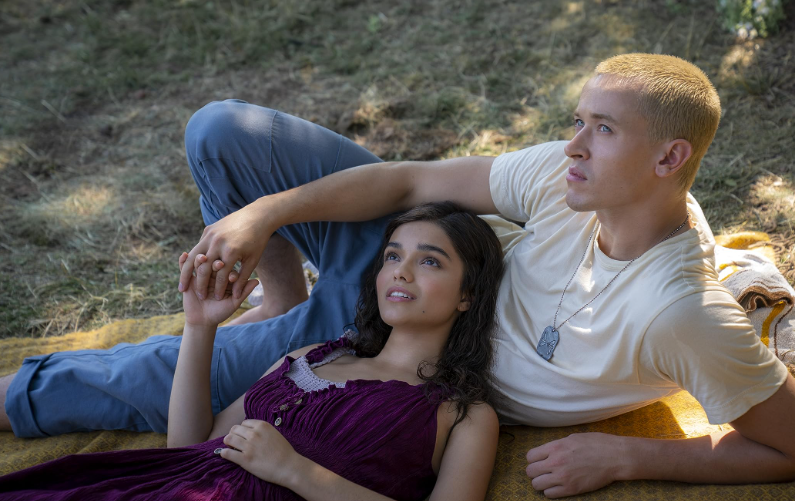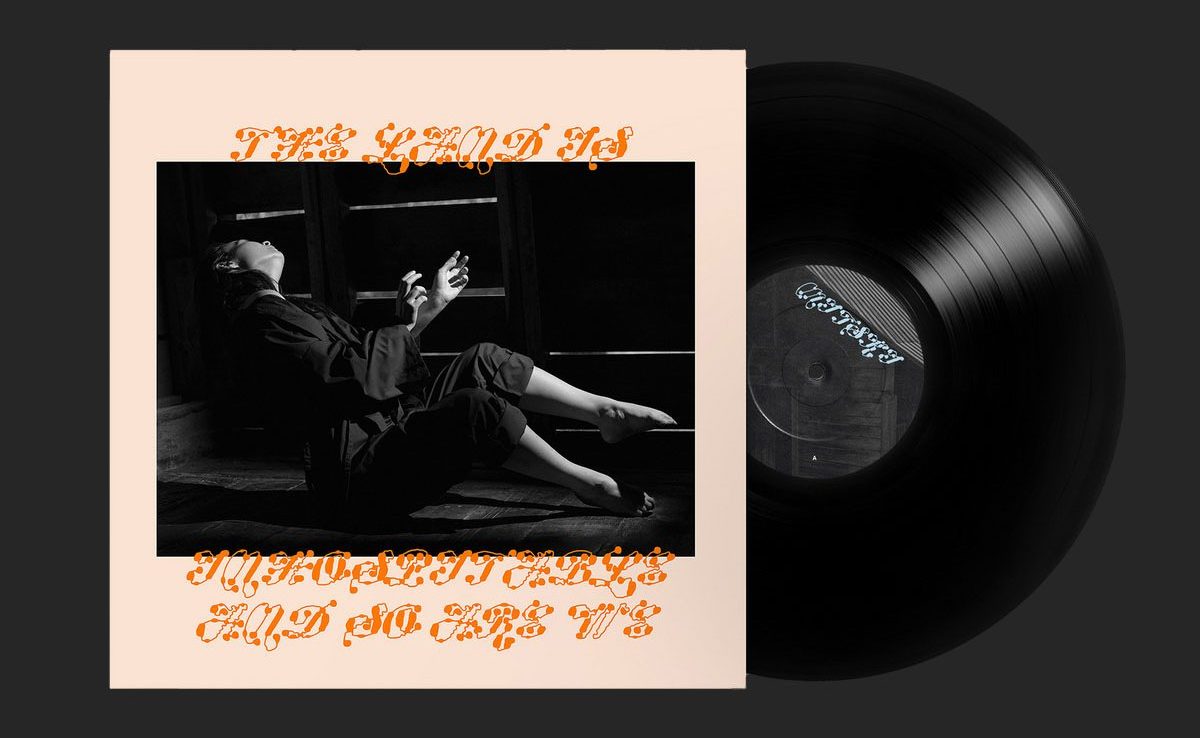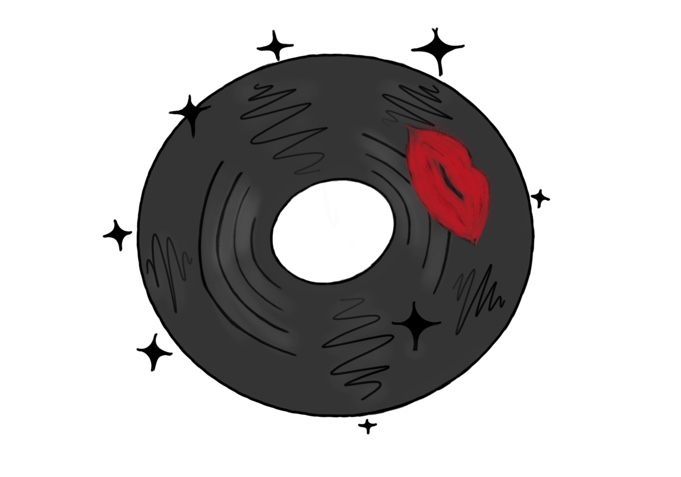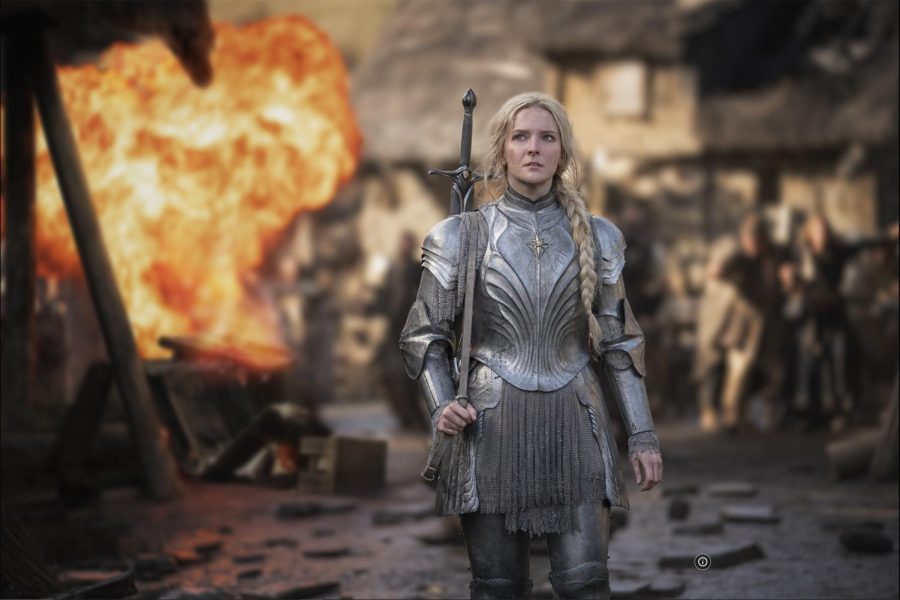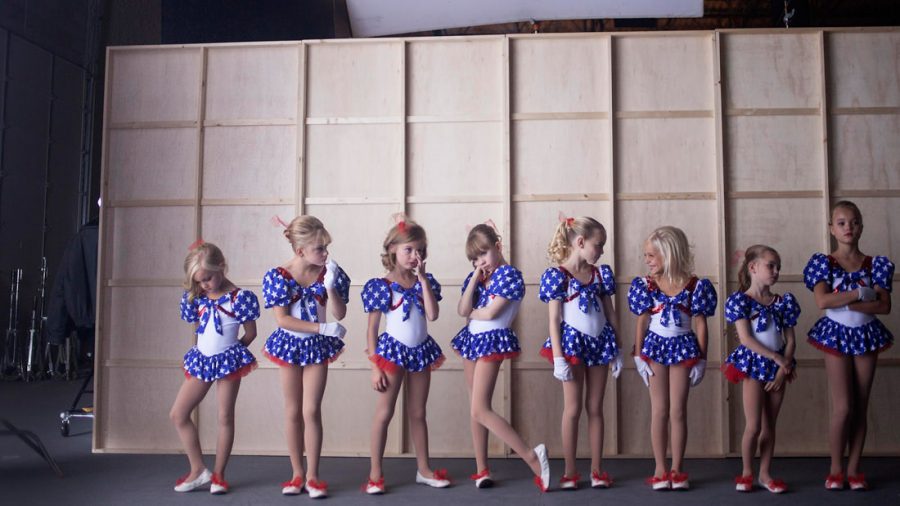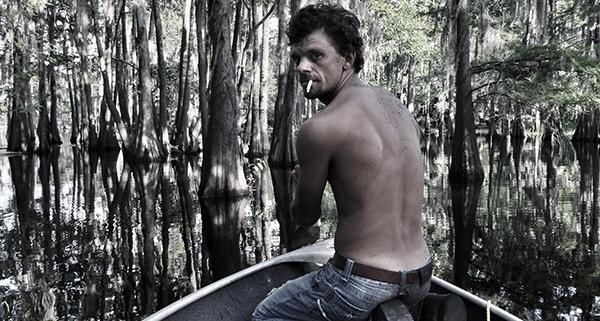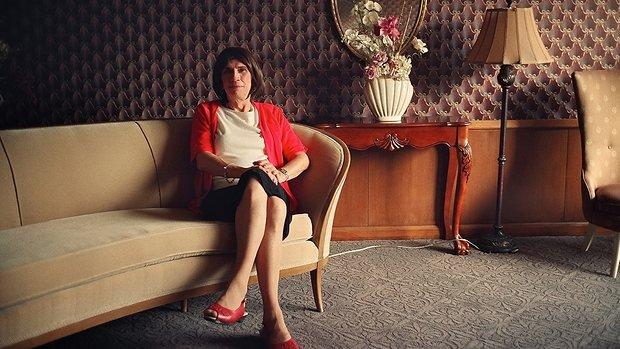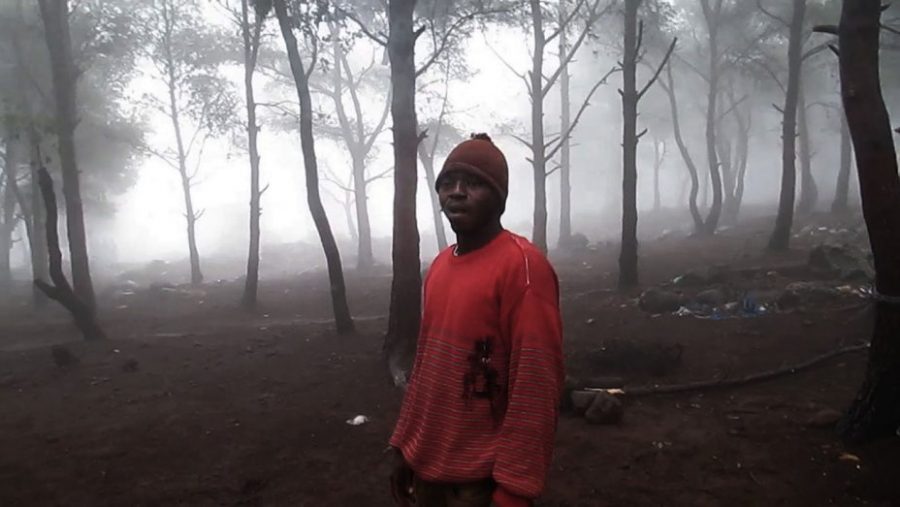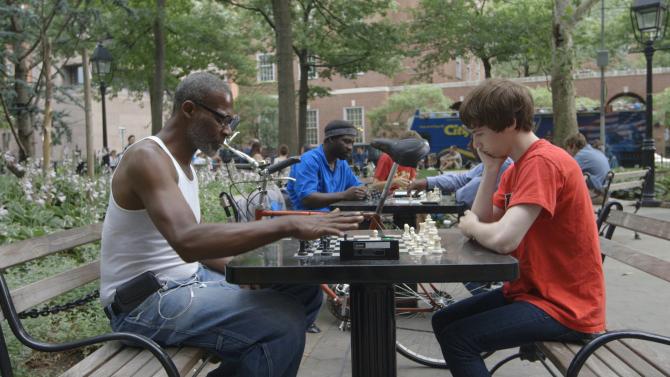Joey is a teen prodigy on the guitar. Lee is a family man with the determination of a donkey. Jennifer has the style of Kim Kardashian and the wisdom and honesty of Sylvia Plath. But, all these teenagers also have another trait; they are ‘the bad kids.’
 The story starts in San Bernardino County, Calif. in the Mojave Desert. Black Rock High School is set in the middle of this stunningly desolate town. There are teachers, books, a witty principal and many other things that make the school like any other. Many things about Black Rock, however, paint a different picture. It is an alternative school meaning each student there could not thrive in a traditional school setting because of some maladaptive trait, traumatizing event or another significant life-long challenge.
The story starts in San Bernardino County, Calif. in the Mojave Desert. Black Rock High School is set in the middle of this stunningly desolate town. There are teachers, books, a witty principal and many other things that make the school like any other. Many things about Black Rock, however, paint a different picture. It is an alternative school meaning each student there could not thrive in a traditional school setting because of some maladaptive trait, traumatizing event or another significant life-long challenge.
Directors Keith Fulton and Lou Pepe artfully insert themselves into the school, discovering that stories detailing the students’ struggles were ripping at the seams of the school in every direction.
In Jennifer’s first appearance she tells her principal, the energetic, heavily involved Mrs. Vonda Viland, of how she was abandoned by first her mother, then her father and molested by her grandma’s husband. Despite her list of problems, she presents herself with dignity, intelligence, fashion and humility.
Lee has a young child and a girlfriend, Layla. The two live together, raising their child. Layla receives high marks in school and is passing through the different credit levels of Black Rock quickly, while Lee meets adversity and a lack of energy and motivation along his path to graduation.
Joey earns the Most Improved Student award just a month after enrolling. He, however, fights with his mother, who is a frequent meth user. He himself uses the drug. He fails to see the flaw with his vice and ends up moving out and jumping from couch to couch, living on the streets and occasionally living with his hardened grandma. All the while he plays his music with passion, but his perfect attendance that once earned him a Subway gift card from his ex-parole officer has all but dissipated.
Throughout, Viland is the lifeblood of the program. She is a glimmering example of how an involved, caring adult can change lives of sinking children.
Each morning she greets the students as they get off the bus, hugging some, asking others how their mom was the night before and still others she nags for not showing up to school the day before. If a student isn’t there, she calls them and doesn’t hesitate to pick them up if they are willing and wanting to learn. She holds before and after school meetings with flailing students and consoles each student after they suffer a new hardship in their seemingly never-ending stream of battles. It isn’t uncommon for a kid to run into her office crying.
The film delves into the lives of these kids, exposing their true innocence and underlying potential. While they might be drug users, homeless or teenage parents they all have no idea what they are doing or where they are going; after all, they are just kids. What makes them “bad” is not their personality, their soul or their actions, instead it is their circumstances, their upbringing and their poverty.
[quote]Anyone with determination, passion and dependability should be given all the help and attention they need to succeed.[/quote]
While the story is lead by our main cast of Joey, Lee and Jennifer, the plot is punctuated with stories of dozens of other students at Black Rock. The chorus truly shines light onto the every day lives of students who exist not only in San Bernardino, but the entire nation.
“The Bad Kids” details the impacts of poverty, of having a single parent, of being a single parent, of rape, of learning disorder and of mental illness and offers a fresh perspective on each. Additionally, the documentary is the first to tell the story of education and alternative methods from the view of the student. Deviating from the students only to catch an incredible shot of the landscape or to show Viland persisting on her 24-7 mission, this film does not allow students stories to be told by jaded or biased adults; instead, the real children being affected by upheaval tell their own story for the first time.
Despite their challenges and obstacles, Viland fights for each kids success, but only if they want it just as bad as she does. Each kid in the tale longs for the day Viland walks arm-in-arm with them down the hallway lined with their fellow classmates offering high fives and hugs, while the traditional graduation music blares from the school’s speaker system.
Will they all make it? Viland knows they won’t. She has to expel students, send students home on suspension and watch students walk out the door, throwing away all her hard work.
But, can they all make it? Of course. And that is exactly what “The Bad Kids” is trying to say. Anyone with determination, passion and dependability should be given all the help and attention they need to succeed. “The Bad Kids” points out the necessity of fair opportunities for all, and the sure ability to succeed for those who work for it.
Jennifer sums this up perfectly when she says, “We can’t control what happens to us, but we can chose to not be reduced by it.”
See the film either this Saturday March 5 at 1 pm at the Missouri Theatre or Sunday March 6 at 3:45 pm at The Globe.
Categories:
‘The Bad Kids’ peeks into world of hopelessness, possibility
March 3, 2016
0
More to Discover














































































